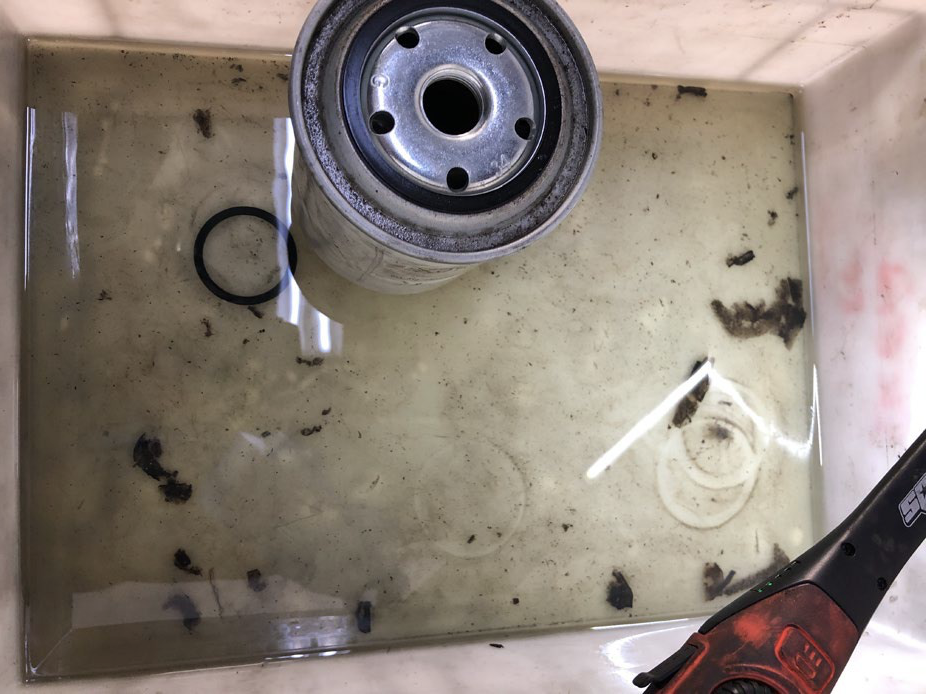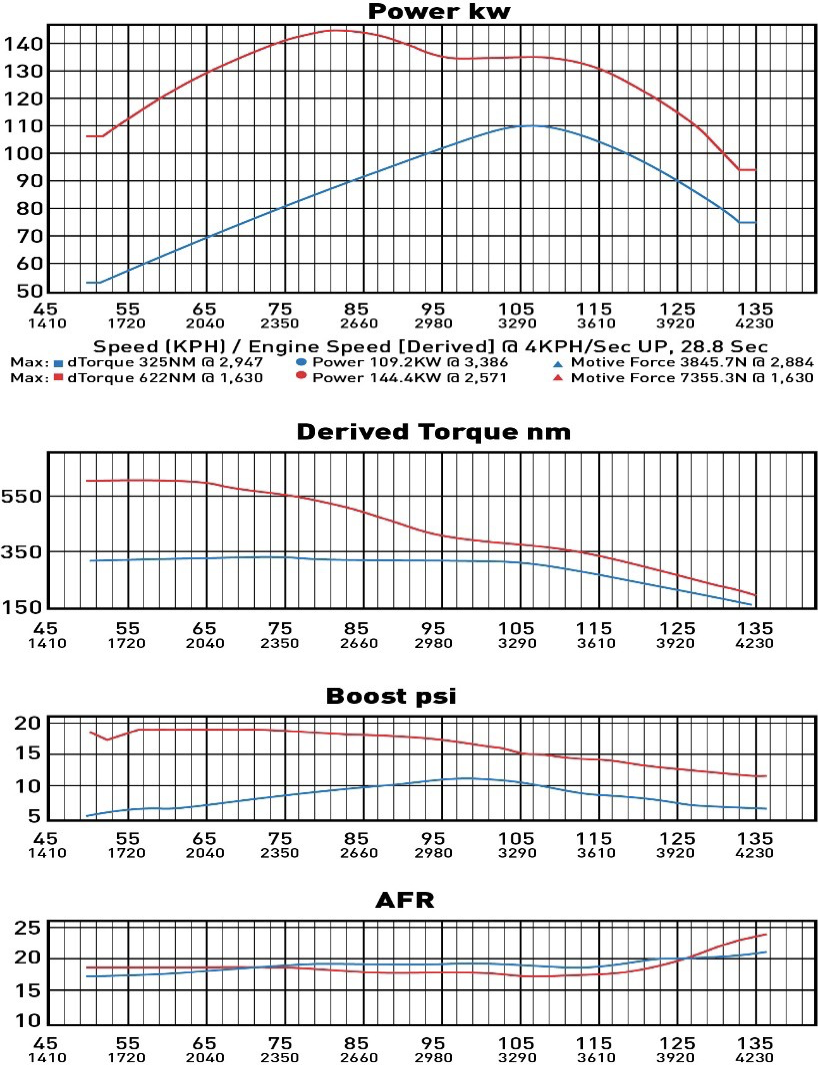PART 5 - LEARNING TO LOVE YOUR COMMON RAIL DIESEL - AUXILIARY FUEL FILTERS
- locked2go
- Feb 5, 2021
- 3 min read
Updated: Mar 27, 2021
Auxiliary Fuel Filters

Referring to Section 3 above, fuel pressures and component tolerances, it is of little wonder that 4x4 owners are always advised to fit an additional fuel filter or Pre-Fuel Filter. However, this is a misnomer.
The standard CRD fuel filter is filtering down to 1 or 2 microns and the ‘pre-filters’ are usually 30 micron. They are a basic ‘rock stopper’! Little else. Their principle role is one of ‘Water Trap’. Fig 8
BTW, if you fit an additional fuel filter which is also 1, 2 or even 10 microns to a CRD, it is common to have the ‘Engine Warning Light’ illuminate in circumstances of high fuel demand. There is too much restriction or drag.
The 30 micron will not do any filtering, but it is not needed anyway, it is the water in the fuel that will lead to the expensive component failures.
The system is lubricated by oil, diesel oil, diesel is an oil, not a solvent like petrol. If water displaces diesel in an injector, the internal components wear rapidly with no lubrication. Remember the fine tolerances, 30 times less than a human hair!
Injectors of previous era engines, say 1HZ Toyota (1990 to 2006) cost around $80 per injector and take 2 hours to fit. $600 to $700 will see a set fitted.
CRD injectors are commonly $400 each, and by the time the associated seals and gaskets are changed with the injectors, even a 4 cylinder Hilux (1KD-FTV, 2005 to 2015) may cost $2500 to change injectors.
On a V8 4.5Li TDI Landcruiser, (1VD-FTV 2007-on), that could blow out to $4000 or $5000!
So, it’s definitely worth investing in the misnomer - additional fuel filter, Pre-Filter or more correctly termed, Water Trap.
Fig 8 Auxiliary Fuel Filter
LTG 4x4 recommends fitting the additional fuel filter AFTER the OE filter. The philosophy is that with the high volume of fuel passing through the CRD system, (the fuel is being used as a coolant) it is almost certain that should the Filter Warning Light illuminate, water will have passed further into the injection system.
Even the most diligent driver is unlikely to observe water accumulating before the warning light illuminates, as the volume of fuel being delivered to the ‘common rail’ is far greater than the volume actually being used. ie for the 4.5Li TDi Landcruiser engine, 1VD-FTV, the pump is returning 400ml/minute or 50ml/7.5 seconds of diesel to the tank after the engine has drawn its useage.
The Auxiliary Fuel Filter-Water Trap capacity is 50ml, so in theory the water trap could fill every 7.5 seconds. Not much use when you are on an 8 hour drive, during which time 190Li of returned fuel, plus the 96Li of used fuel (at only 12Li/100kms), a total of approximately 300Li has passed through the fuel and filter system, during just one 8 hour day.
If the water trap is fitted pre-OE filter, even if you check it every morning, it’s not often enough! If the Water Trap is fitted after-OE filter, then there is an extra accumulation point after the light sensor, so there is a good chance water will NOT have passed further into the fuel system. In addition, the auxiliary fuel filter elements are hydrophobic, they resist water flowing through them.

The other point to note is that you don’t have to be a remote outback adventurer using old jerry cans to have water in your fuel tank. Water is continually accumulating via condensation from the air that is drawn in to replace the fuel used by the engine. In humid conditions, (especially up north) the amount of water vapour is much greater, and even opening the fuel cap on rainy days at the fuel station will allow moist air into the tank.
Cooler temperatures ie overnight, result in the vapour condensing to liquid and running to the bottom of the tank, accumulating below the diesel (diesel is an oil that floats on the water), so the water is often the first liquid to be drawn up to the engine.
A fuel contamination issue also arises from this condensation, the diesel fuel algae that lives at the fuel-water meniscus, feeding on the diesel, but living in the water or on the exposed surfaces of the tank. The live bacterial growth can be a problem if drawn into the filtration system, but it’s the dead
algal matter that accumulates on the bottom of the tank and is commonly drawn in, causing blocked filters, pump and injector damage.
A biocide treatment should be used on a regular basis to control these bacteria, particularly in the tropics.
Fig9 Bacterial growth found in a fuel filter.
LTG 4x4 uses the Fuel Manager Water Trap Filter system, and configures them post OE filter. Cost is typically under $500 fitted, so clearly it is economical insurance against water ingress into the injection system of CRD engines.
_Page_1_edi.png)



Comments